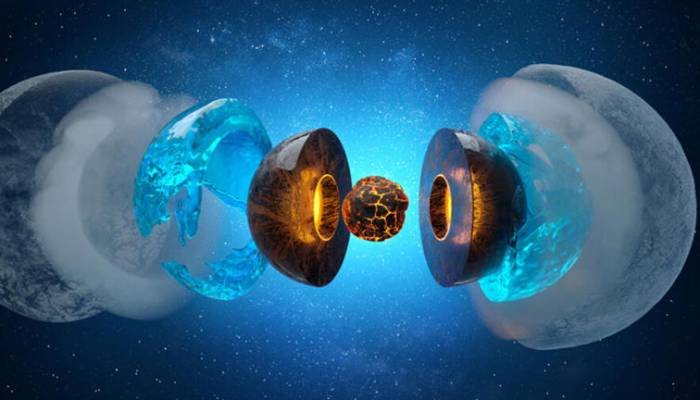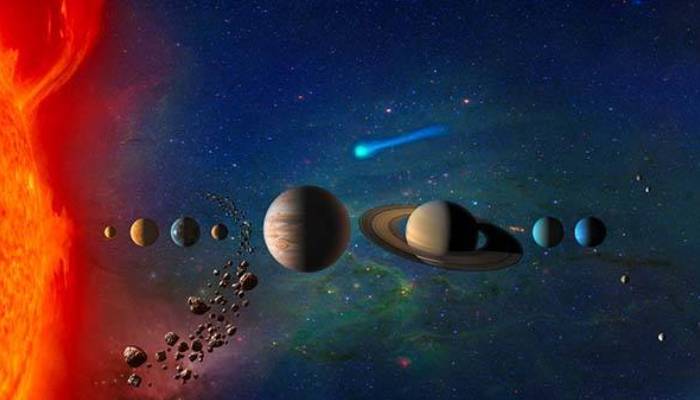
A recent study revealed surprising findings about Uranus and Neptune, which are often overlooked because of their dull appearance compared to other planets.
The study published in the Proceedings of the National Academy of Sciences revealed that these planets may have a lot of water inside, which now makes them more interesting.
Burkhard Militzer, a planetary scientist from the University of California, Berkeley has proposed a new idea about Uranus and Neptune, called ice giants because of their extreme cold conditions.
This theory explains the strange magnetic fields of both the planets, which are unlike those of any other planet in the solar system.
Deep beneath their thick, bluish atmospheres of hydrogen and helium are layers of materials that are similar to oil and water that do not blend together.
Over time, planetary scientists have speculated that diamond rain might exist within the ice giants.
However, a new study suggests that instead of diamonds, beneath the cloud layer of their hydrogen-helium there is a deep ocean of water.

Below the ocean, the theory further revealed, is a layer of hydrocarbons, a highly compressed mixture of carbon, nitrogen and hydrogen. These layers extend approximately 5,000 miles (8,000 kilometers) deep.
Burkhard said, “We now have, I would say, a good theory why Uranus and Neptune have different fields, and it's very different from Earth, Jupiter and Saturn. We didn't know this before. It's like oil and water, except the oil goes below because hydrogen is lost.”
The pressure in this ocean would be 60,000 times greater than Earth’s surface pressure, causing it to behave more like a supercritical fluid.
To note, this discovery was made by NASA’s Voyager 2 probe during its flybys of Uranus in 1989 and Neptune in 1989 and so far no spacecraft has visited these planets.















